What is Web3?
Web3 represents the third generation of internet services, built on decentralized networks rather than the centralized platforms that dominate today’s online experience. Unlike the current Web2 paradigm—where tech giants like Google, Facebook, and Amazon control vast data repositories and dictate the terms of our digital interactions—Web3 leverages blockchain technology to create a more democratic digital ecosystem.
At its core, Web3 is about ownership and control. In the current internet model, users generate valuable data that companies harvest, monetize, and control. Web3 flips this dynamic by enabling users to own their data, digital assets, and online identities through cryptographic protocols. Think of it as transforming the internet from a “digital rental economy” to a “digital ownership economy.”
The Building Blocks of Web3
The foundation of Web3 rests on several key technological pillars:
- Blockchain Technology: Distributed ledgers that record transactions across many computers, ensuring transparency and immutability.
- Decentralization: Moving from centralized servers to distributed networks where no single entity has complete control.
- Tokenization: Representing real-world and digital assets as tokens on a blockchain.
- Smart Contracts: Self-executing agreements with terms written directly into code.
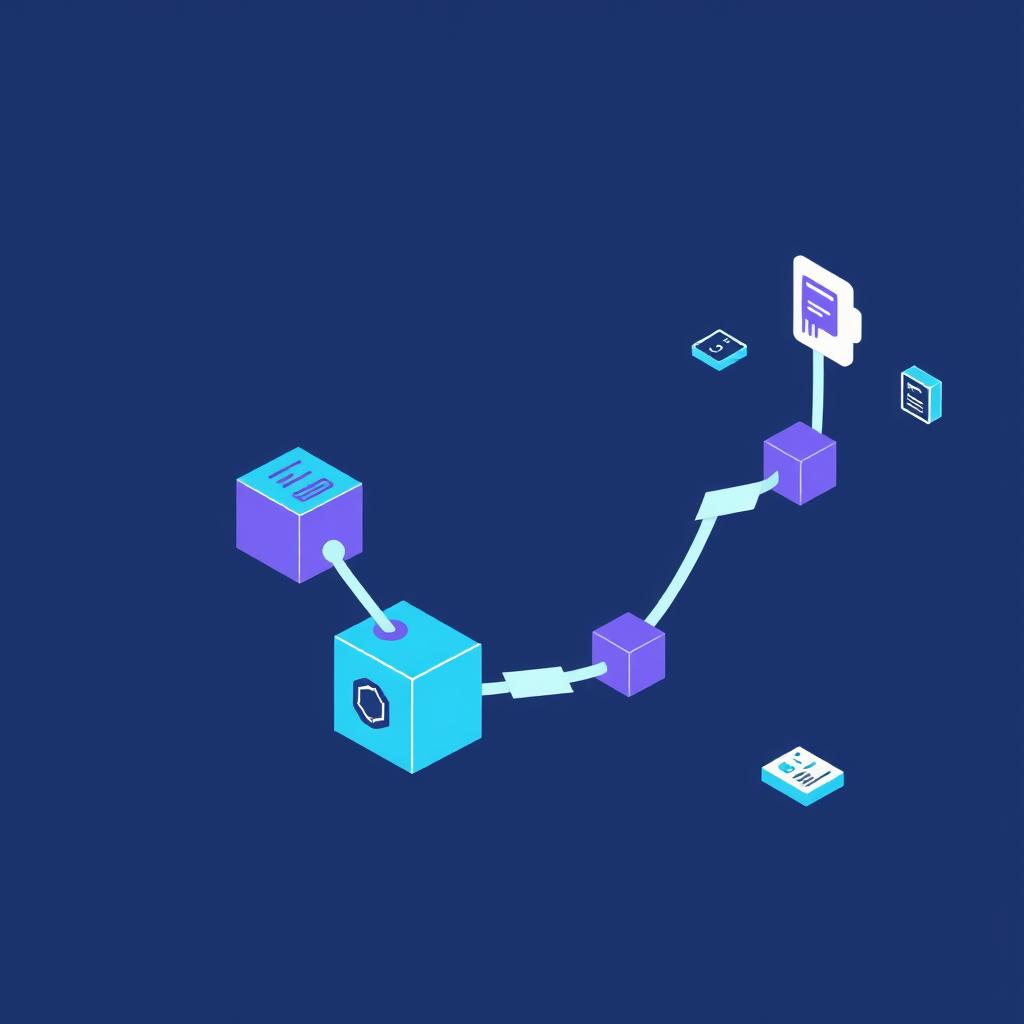
Understand Web3 Fundamentals
Still finding blockchain concepts challenging? Our beginner-friendly guide breaks down Web3 terminology into simple explanations with practical examples.
Blockchain’s Role in the Future Internet
Blockchain technology serves as the backbone of Web3, providing the infrastructure for a trustless, permissionless internet where intermediaries become increasingly unnecessary. This technology introduces revolutionary capabilities that are already beginning to reshape our digital landscape.
Decentralized Applications (dApps)
Unlike traditional applications that run on centralized servers, decentralized applications (dApps) operate on blockchain networks, distributing their processing across many computers. This architecture eliminates single points of failure, reduces censorship risks, and often provides users with greater privacy protections.
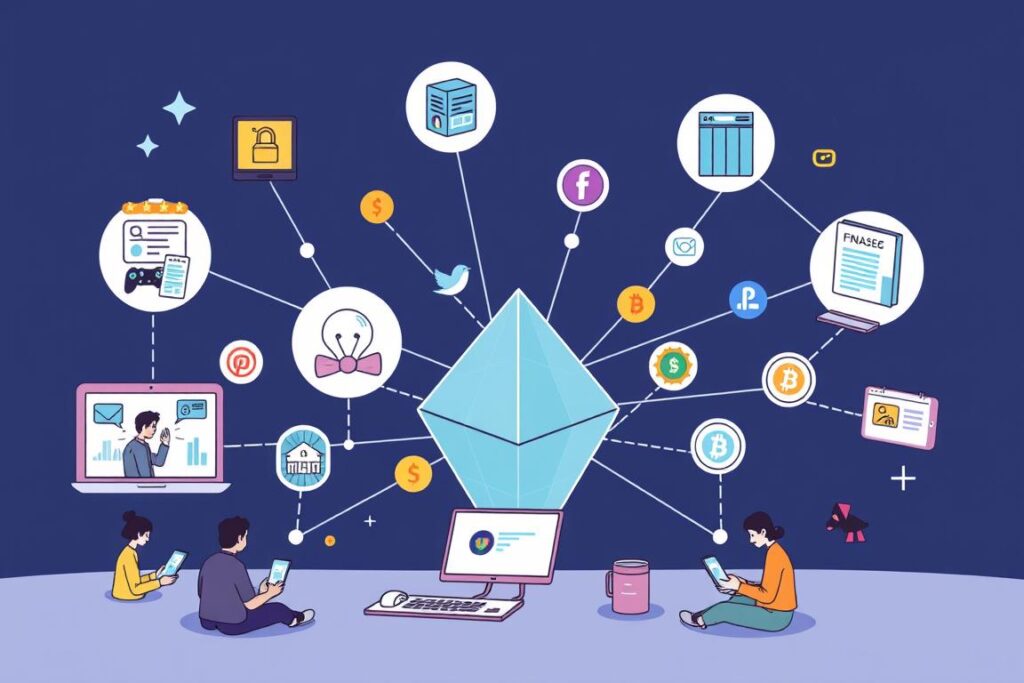
Today’s dApp ecosystem spans numerous sectors:
Finance
Decentralized exchanges, lending platforms, and payment systems operate without traditional banking intermediaries, offering 24/7 access to financial services globally.
Social Media
Blockchain-based social platforms give users control over their content and data, with some even offering tokenized rewards for contributions.
Gaming
Play-to-earn games allow players to truly own in-game assets as NFTs, creating new economic models where gaming generates real value.
Smart Contracts: The Logic Layer of Web3
Smart contracts function as self-executing agreements with the terms directly written into code. They automatically enforce and execute contractual clauses when predetermined conditions are met, eliminating the need for intermediaries in many transactions.
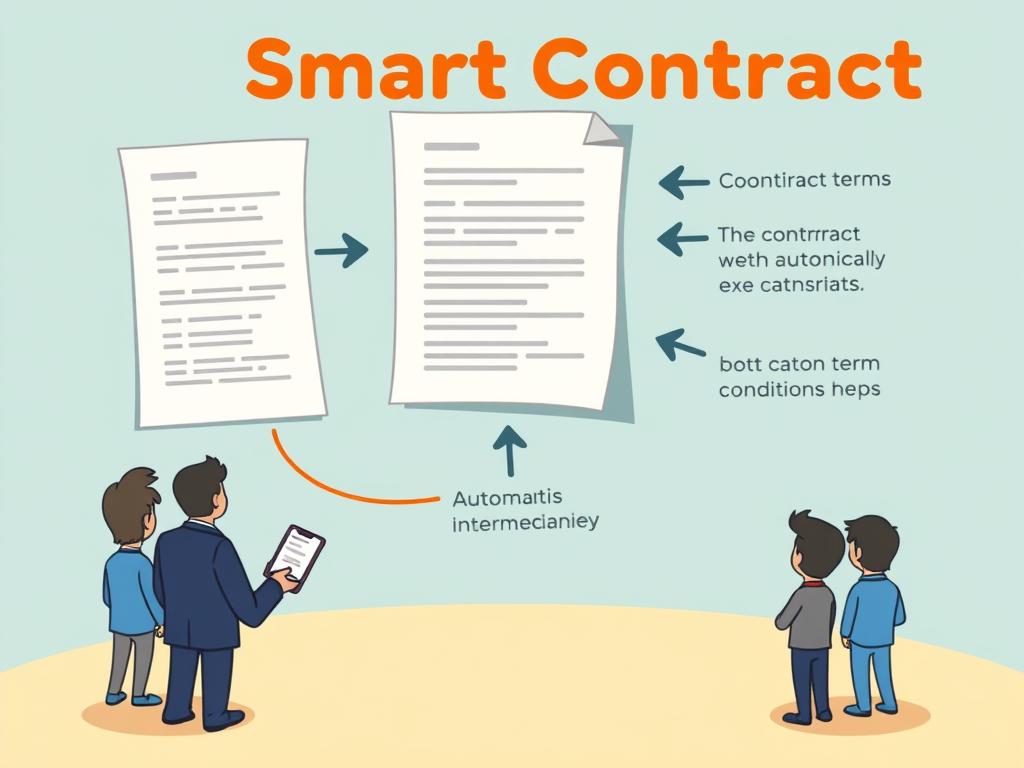
These programmable contracts enable unprecedented automation and trustless interactions, powering everything from decentralized finance protocols to supply chain verification systems. By removing human intermediaries, smart contracts reduce costs, increase efficiency, and minimize the potential for disputes or manipulation.
Tokenization: Digital Ownership in the Future
Tokenization—the process of converting rights to an asset into a digital token on a blockchain—is fundamentally changing how we conceptualize ownership. From real estate fractions to digital art, tokenization creates new markets and investment opportunities previously impossible in traditional systems.
Non-fungible tokens (NFTs) represent perhaps the most visible manifestation of tokenization today. These unique digital assets have already disrupted creative industries by enabling artists, musicians, and content creators to monetize their work directly without traditional gatekeepers.
Beyond digital art, tokenization is beginning to transform how we interact with physical assets. Fractional ownership of high-value items like real estate or fine art is becoming accessible to average investors through blockchain-based tokens, democratizing access to previously exclusive asset classes.
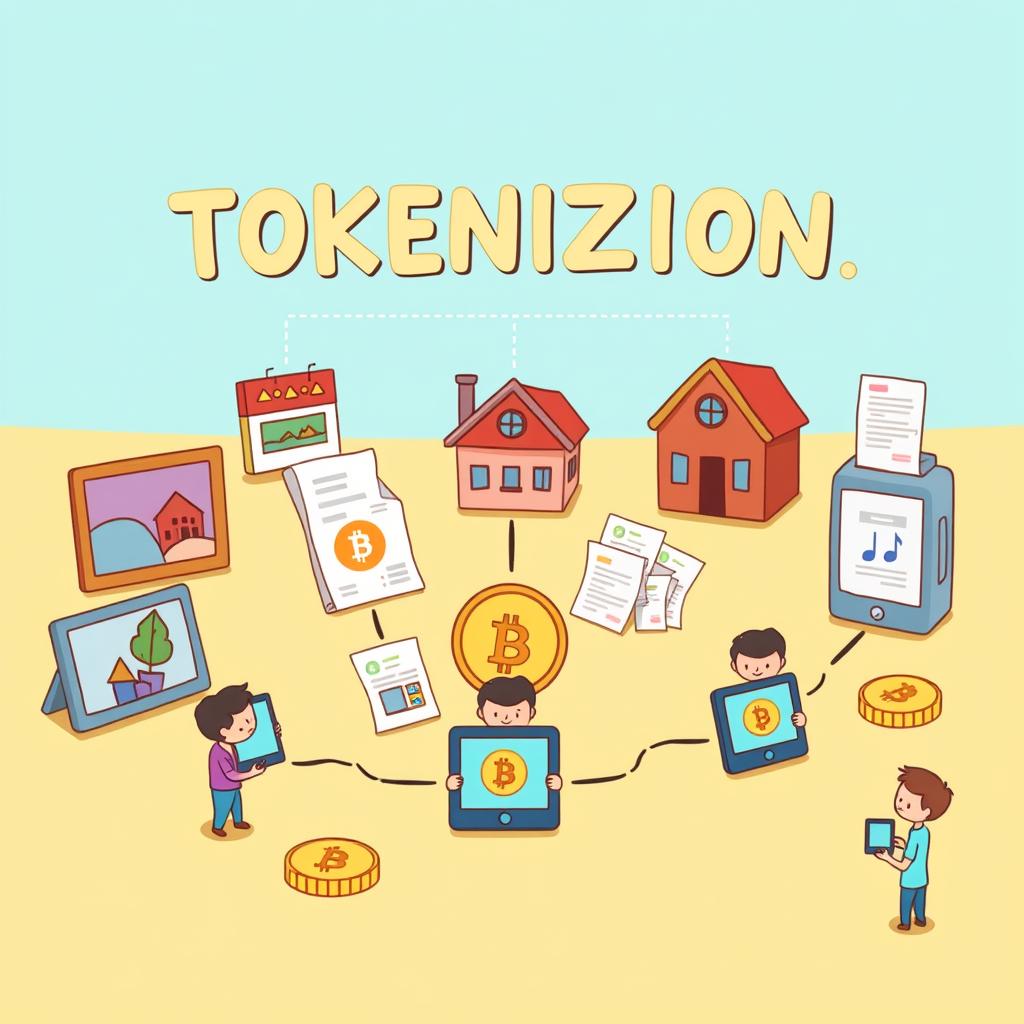
Experience Web3 Applications Today
Ready to try decentralized applications? Start with user-friendly platforms that don’t require technical expertise.
Current Trends Accelerating Web3 Adoption
The transition to Web3 is gaining momentum through several key developments that are bridging theoretical concepts with practical implementation. These trends are accelerating the timeline for mainstream adoption of blockchain-powered internet services.
Corporate Investment in the Decentralized Future
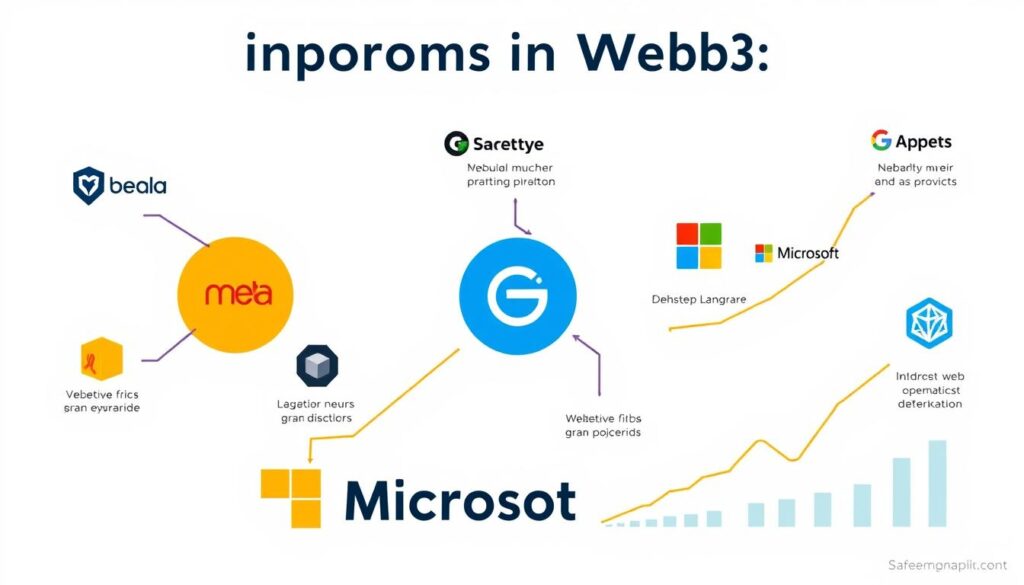
Major technology companies are increasingly positioning themselves for the Web3 transition. Meta (formerly Facebook) has pivoted toward metaverse development, while Microsoft, Amazon, and Google have all launched blockchain services. These investments from established tech giants signal that Web3 is moving from the fringes to the mainstream of technology development.
Venture capital funding for Web3 startups has also exploded, with billions flowing into projects developing infrastructure, applications, and services for the decentralized internet. This capital influx is accelerating development timelines and bringing more talent into the ecosystem.
Regulatory Clarity Emerging
While regulatory uncertainty has historically been a barrier to Web3 adoption, governments worldwide are increasingly developing frameworks to address blockchain technologies. These emerging regulations, while still evolving, are providing the clarity necessary for broader institutional adoption.
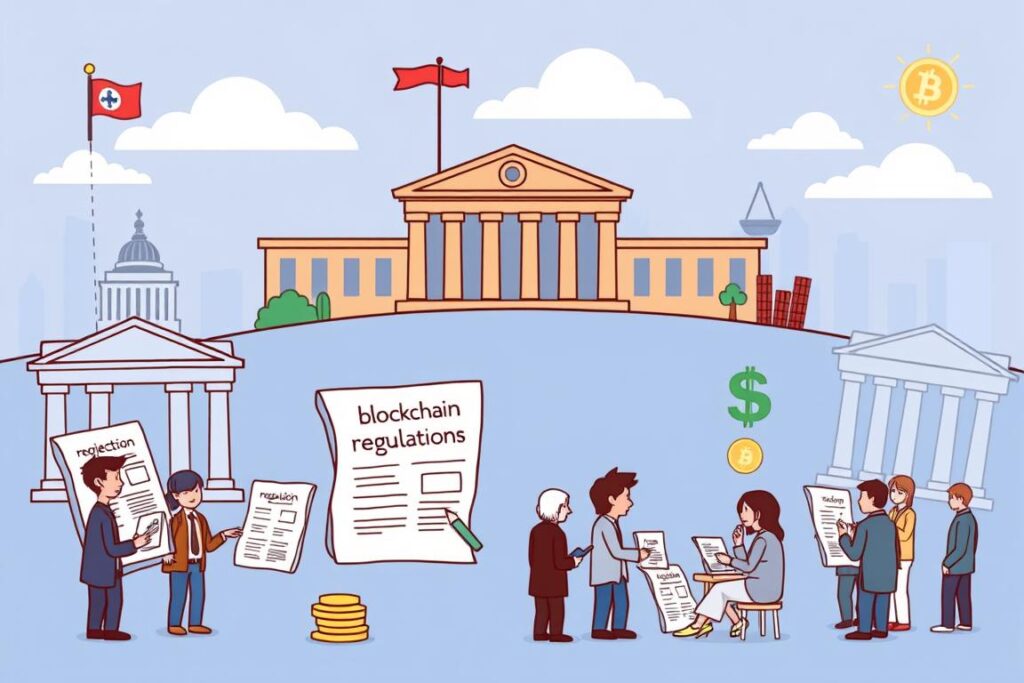
Countries like Switzerland, Singapore, and the UAE have taken proactive approaches to create “crypto-friendly” regulatory environments, attracting talent and companies to their jurisdictions. Meanwhile, larger economies like the US and EU are developing more comprehensive frameworks that, while sometimes challenging for the industry, ultimately provide the certainty needed for mainstream adoption.
AI and Web3 Convergence
The integration of artificial intelligence with blockchain technology is creating powerful new capabilities for Web3 applications. Decentralized autonomous organizations (DAOs) are increasingly incorporating AI for governance and operational decisions, while machine learning models are being deployed on blockchain networks for transparent, verifiable AI operations.
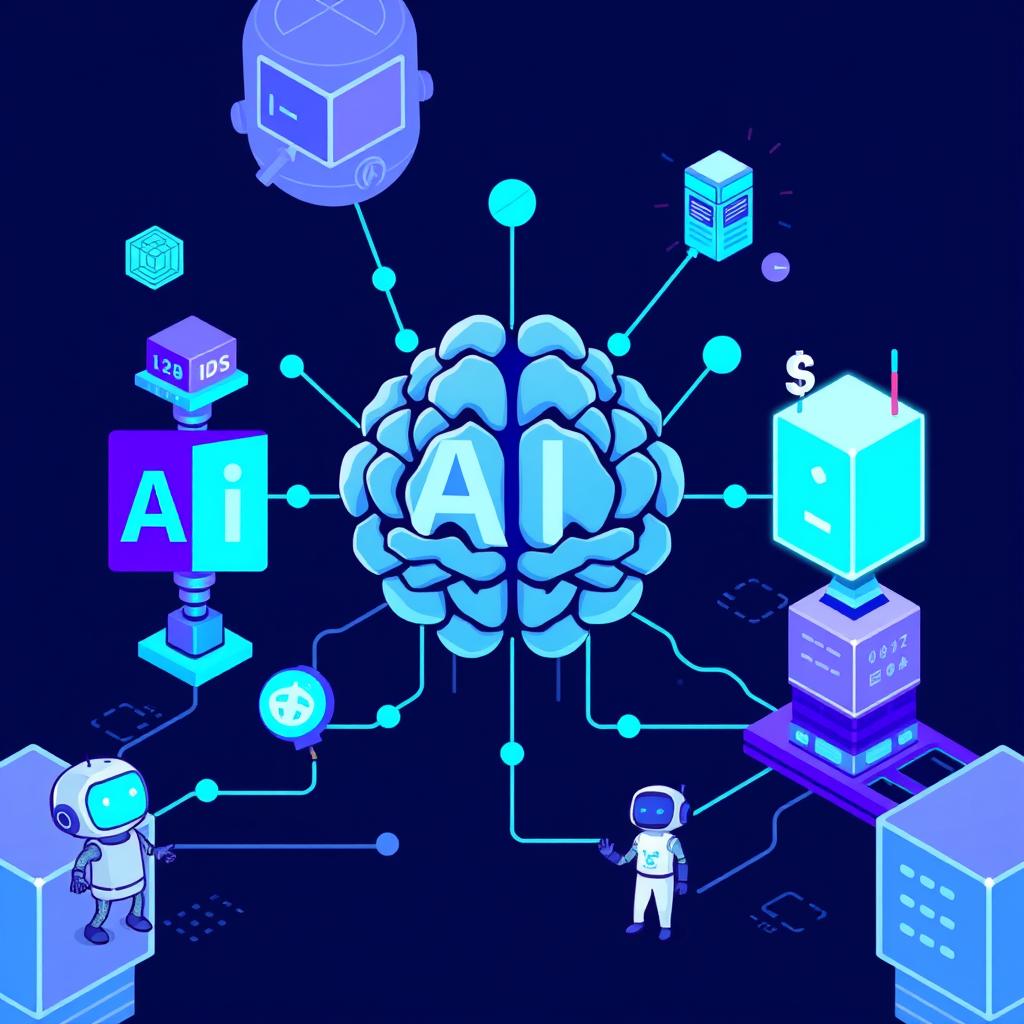
This technological convergence is enabling more sophisticated decentralized applications that can process complex data, make predictions, and adapt to changing conditions—all while maintaining the transparency and trustlessness of blockchain systems.
How quickly is Web3 adoption growing?
Web3 adoption metrics show accelerating growth across multiple dimensions. Active blockchain wallet addresses have grown at a compound annual rate of over 40% since 2020, while total value locked in decentralized finance protocols has increased from under $1 billion in 2019 to over $50 billion in 2023, despite market fluctuations. Major Web3 applications are now seeing millions of monthly active users, with some gaming and NFT platforms achieving mainstream recognition.
Challenges and Solutions on the Path to Web3
Despite its promising future, Web3 faces significant hurdles that must be overcome before achieving mainstream adoption. Understanding these challenges—and the solutions being developed—provides a realistic perspective on the timeline for Web3’s evolution.
Web3 Advantages
- User ownership of data and digital assets
- Reduced dependency on centralized platforms
- Transparent, verifiable transactions
- Programmable money and automated agreements
- Censorship resistance and global accessibility
Web3 Challenges
- Scalability limitations
- High energy consumption (for some blockchains)
- Complex user experience
- Regulatory uncertainty
- Security vulnerabilities in developing protocols
Scalability Solutions
Blockchain’s scalability limitations have been a significant barrier to mainstream adoption. Traditional networks like Bitcoin and Ethereum have struggled with transaction throughput, leading to congestion and high fees during peak usage periods.
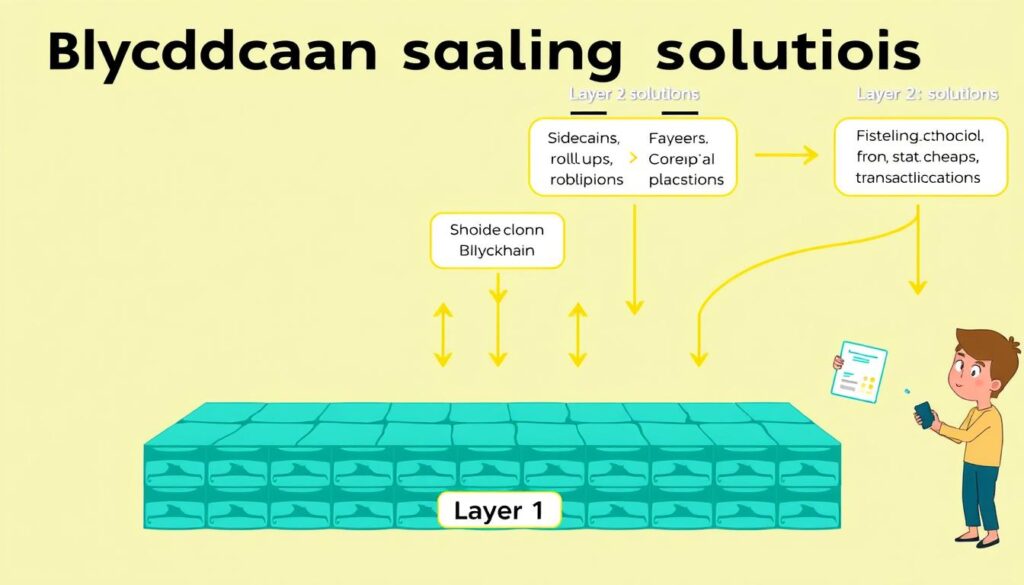
However, several promising solutions are emerging:
Layer-2 Solutions
Technologies like rollups and sidechains process transactions off the main blockchain before submitting the final state, dramatically increasing throughput while maintaining security.
New Consensus Mechanisms
Proof-of-Stake and other alternative consensus mechanisms reduce energy consumption while improving transaction capacity compared to traditional Proof-of-Work.
Sharding
By splitting the blockchain into interconnected “shards,” networks can process multiple transactions simultaneously, multiplying their capacity.
Ethereum’s transition to Proof-of-Stake and implementation of sharding, along with the growth of Layer-2 networks like Optimism and Arbitrum, demonstrate that scalability solutions are moving from theoretical concepts to practical implementations.
Improving User Experience
The complexity of interacting with Web3 applications remains a significant barrier for mainstream users. Managing private keys, understanding gas fees, and navigating decentralized applications can be intimidating for newcomers.
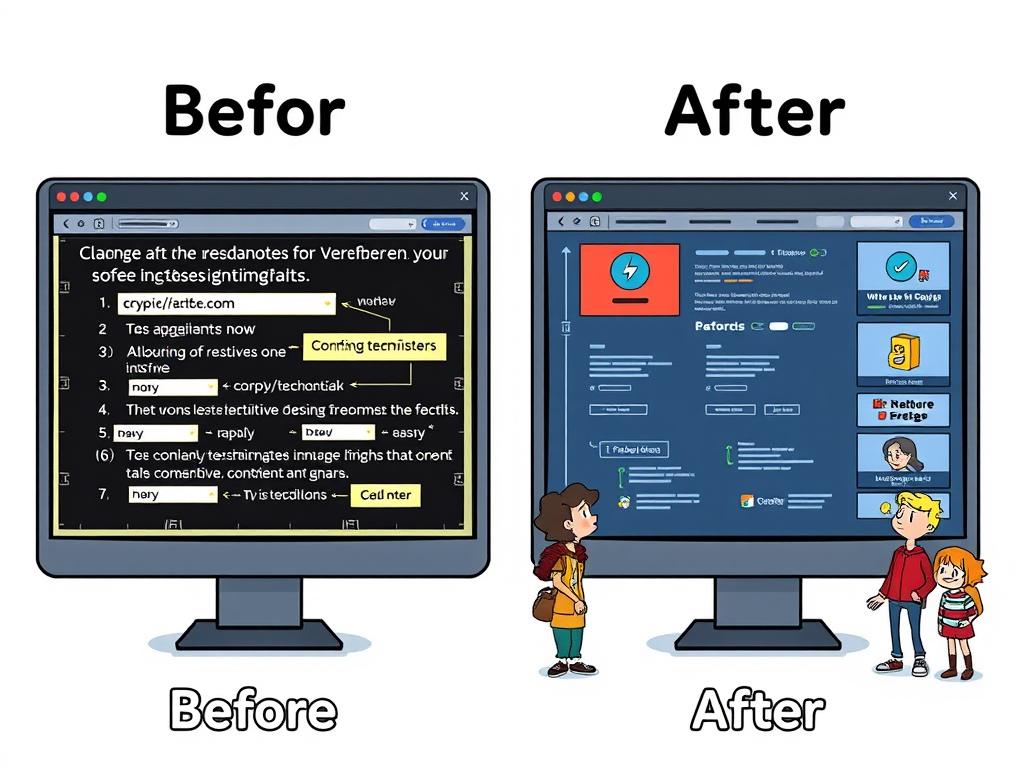
Fortunately, significant progress is being made in simplifying the Web3 user experience:
- Account Abstraction: Emerging standards allow for smart contract wallets with features like social recovery, removing the fear of permanently lost funds due to forgotten private keys.
- Improved Interfaces: Web3 applications are increasingly adopting familiar design patterns from Web2, making the transition more intuitive for new users.
- Fiat On-ramps: Easier ways to convert traditional currency to cryptocurrency are reducing friction for newcomers.
- Progressive Decentralization: Some applications are taking a gradual approach, starting with familiar centralized components before transitioning users to fully decentralized features.
Energy Efficiency Improvements
Concerns about blockchain’s energy consumption, particularly for Proof-of-Work networks like Bitcoin, have been a legitimate criticism of early Web3 technologies. However, the industry is rapidly evolving toward more sustainable approaches.
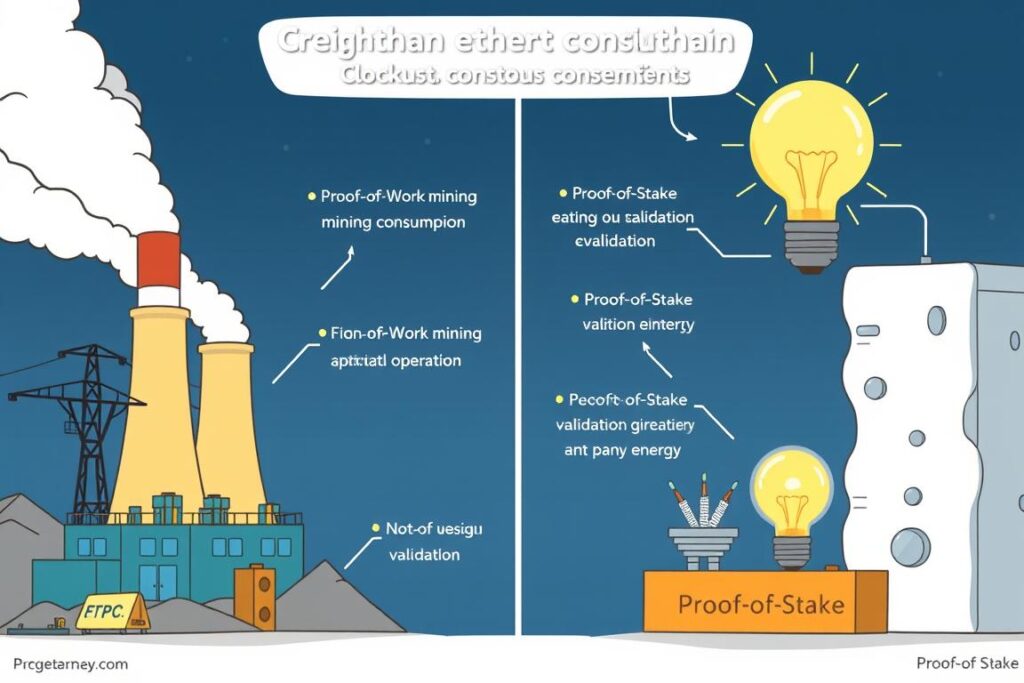
Ethereum’s transition to Proof-of-Stake reduced its energy consumption by approximately 99.95%, demonstrating that blockchain networks can operate with energy requirements comparable to traditional web services. Meanwhile, even Proof-of-Work networks are increasingly powered by renewable energy sources, with some mining operations utilizing excess energy that would otherwise be wasted.
Stay Updated on Web3 Developments
The Web3 landscape evolves rapidly. Get curated insights on new solutions, applications, and opportunities delivered to your inbox.
The Road Ahead: Web3 in 2030
As we look toward the future, Web3 technologies are poised to become increasingly integrated into our digital experiences, often in ways that may be invisible to end users. By 2030, we can expect several transformative developments that will reshape our relationship with the internet.
Mainstream Decentralized Social Media
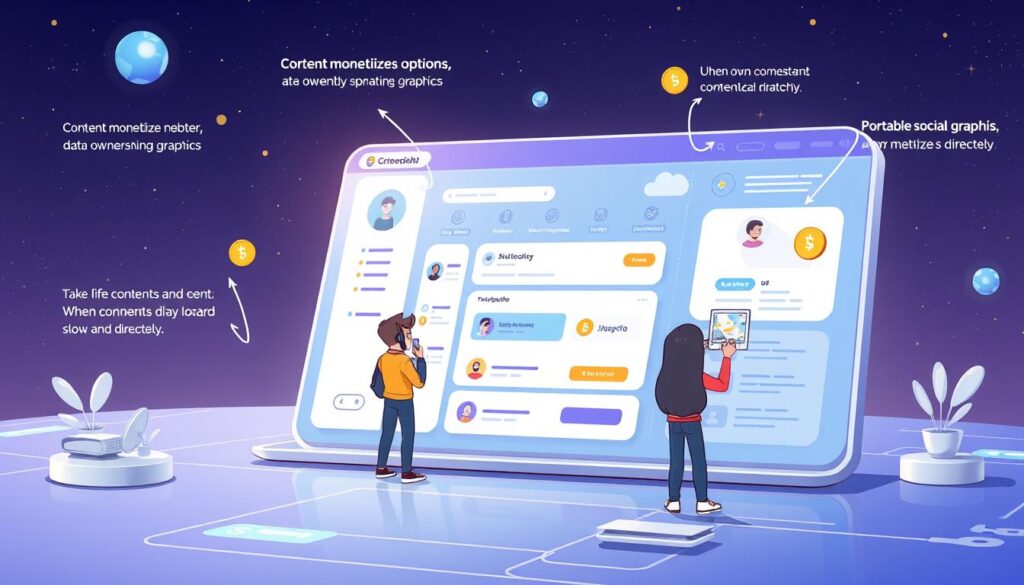
By 2030, decentralized social media platforms may capture significant market share from today’s centralized giants. These platforms will likely feature:
- User Data Ownership: Users will control their social graphs and content, with the ability to port them between platforms.
- Creator-Centric Economics: Direct monetization models will replace advertising-driven approaches, with creators receiving the majority of value generated from their content.
- Algorithmic Transparency: Open-source recommendation algorithms will allow users to understand and customize how content is filtered and presented to them.
- Censorship Resistance: Content will be stored on decentralized networks, making arbitrary removal difficult while still allowing for community moderation.
Interoperable Digital Economies
The siloed digital economies of today’s internet will likely evolve into interconnected markets where assets, identities, and value can flow seamlessly between previously isolated platforms.
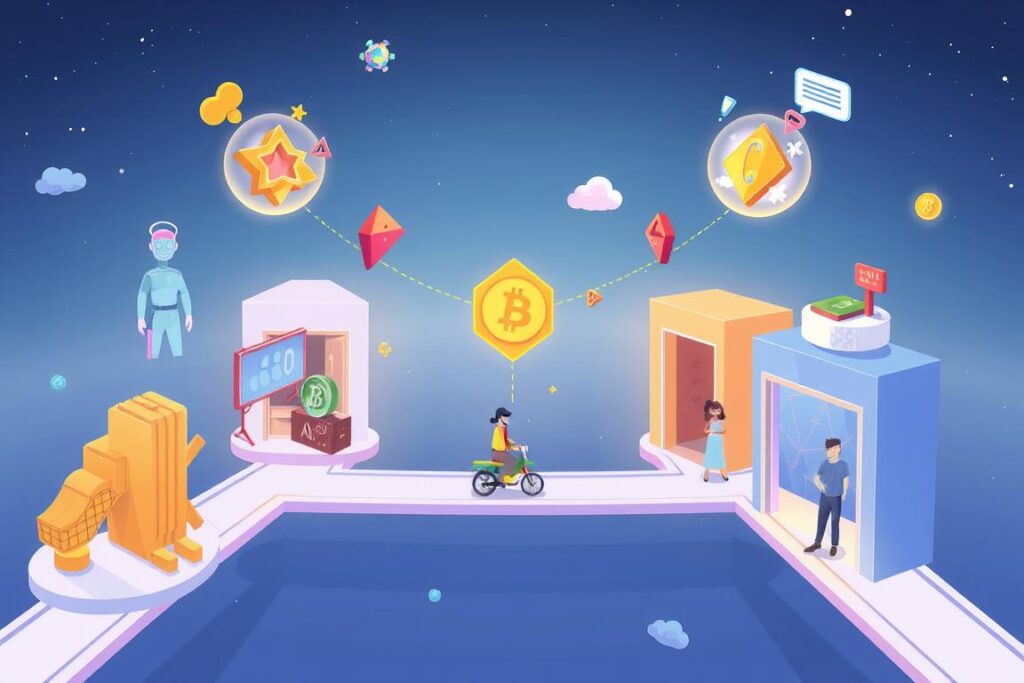
This interoperability will enable new forms of economic activity:
Cross-Platform Assets
Digital items purchased in one environment will be usable across multiple platforms and virtual worlds, creating persistent digital ownership.
Composable Financial Services
Decentralized finance protocols will function as interoperable “money legos,” allowing users to combine services from different providers into personalized financial solutions.
Unified Digital Identity
Self-sovereign identity systems will allow users to maintain consistent identities across platforms while controlling exactly what information is shared with each service.
Blockchain-Powered Physical World
By 2030, blockchain technology will extend beyond purely digital applications to transform how we interact with physical assets and systems.
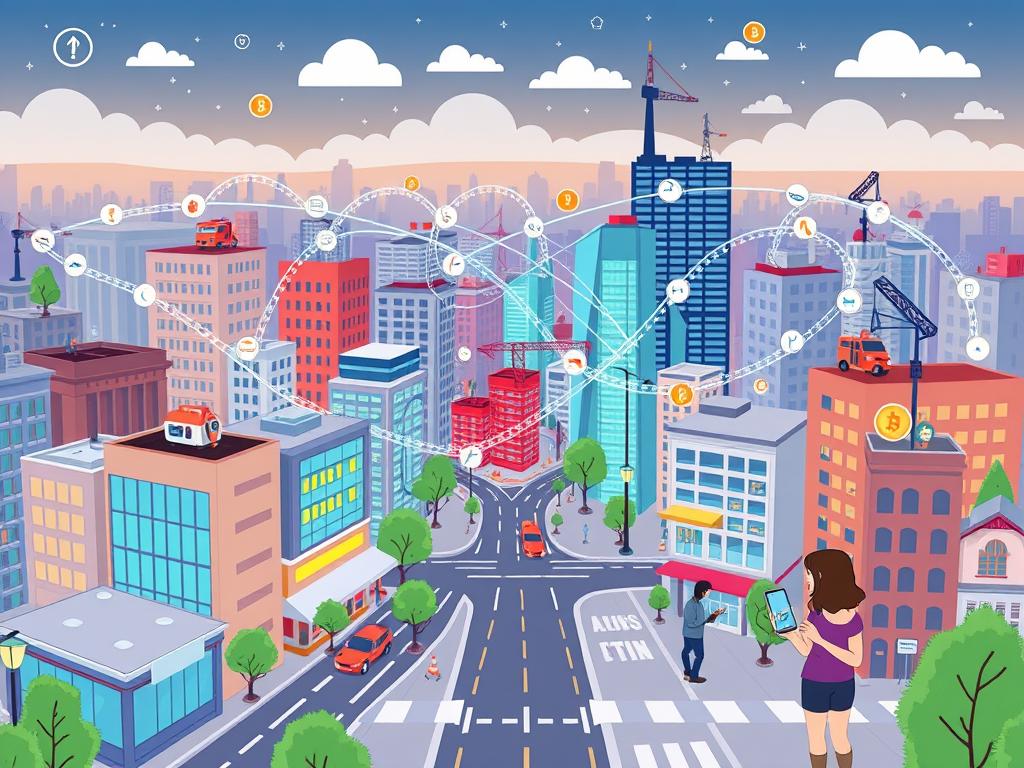
This physical-digital convergence will manifest in several ways:
- Supply Chain Transparency: Products will carry digital “passports” verifying their authenticity, origin, and environmental impact.
- Tokenized Real-World Assets: Physical assets like real estate and commodities will be represented on blockchains, enabling fractional ownership and programmable transfers.
- Smart City Infrastructure: Public services and infrastructure will leverage blockchain for transparent, efficient management of resources.
- Decentralized Energy Grids: Peer-to-peer energy trading will allow homeowners with solar panels to sell excess electricity directly to neighbors.
While the timeline for these developments may vary, the technological foundations are already being built today. Many of the components necessary for this Web3 future exist in early forms, with ongoing refinement and integration bringing us closer to mainstream adoption with each passing year.
Conclusion: The Future is Decentralized

The transition to Web3 represents more than just a technological evolution—it’s a fundamental shift in how we conceptualize and interact with the internet. By returning ownership and control to users, Web3 promises to address many of the problems that have emerged in our current digital ecosystem, from privacy concerns to platform monopolies.
While challenges remain on the path to mainstream adoption, the accelerating pace of development and increasing investment suggest that the blockchain-powered internet is not a distant dream but an approaching reality. The building blocks are already in place, with improvements in scalability, user experience, and energy efficiency bringing Web3 closer to everyday usability.
As we look to the future, the question is not whether Web3 will transform our digital lives, but how quickly this transformation will occur and what forms it will take. By understanding the foundations and potential of this technology today, we can better prepare for and shape the decentralized internet of tomorrow.
Begin Your Web3 Journey Today
The blockchain-powered internet is evolving rapidly. Start exploring now to be part of this technological revolution.


